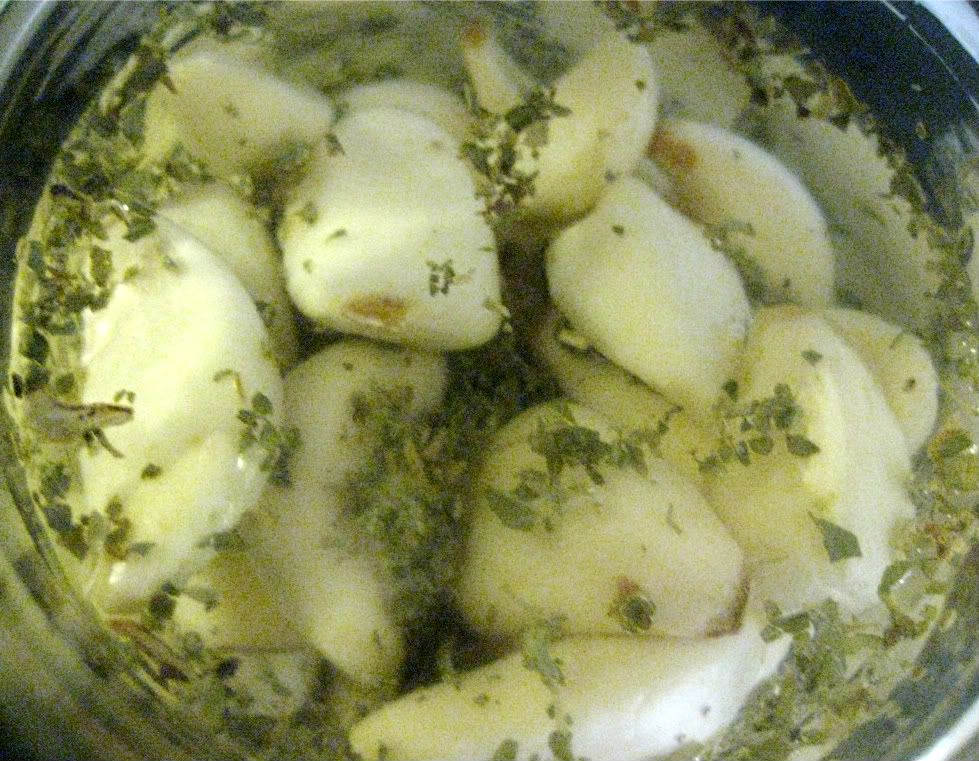Saturday, October 29, 2011
Friday, October 28, 2011
Thursday, October 27, 2011
Edaphology - Wikipedia, the free encyclopedia
is one of two main divisions of soil science, the other being pedology.[1][2] Edaphology is concerned with the influence of soils on living things, particularly plants. The term is also applied to the study of how soil influences man's use of land for plant growth[3] as well as man's overall use of the land.[4] General subfields within edaphology are agricultural soil science (known by the term agrology in some regions) and environmental soil science. (Pedology deals with pedogenesis, soil morphology, and soil classification.)
'via Blog this'
Sunday, October 23, 2011
Methow Valley Herbs: Bee balm - our native spice
Used for: Colds and the flu symptoms (fevers, sore throats, coughs), UTIs, yeast infections, topical fungal infections, digestive woes, wounds, burns, as a culinary spice, toothaches, steam for congested sinuses, mouth wash, inflammation
Horseradish - Wikipedia, the free encyclopedia
The intact horseradish root has hardly any aroma. When cut or grated, however, enzymes from the damaged plant cells break down sinigrin (aglucosinolate) to produce allyl isothiocyanate (mustard oil), which irritates the sinuses and eyes. Once grated, if not used immediately or mixed in vinegar, the root darkens, loses its pungency, and becomes unpleasantly bitter when exposed to air and heat.
Friday, October 21, 2011
Tuesday, October 18, 2011
Sunday, October 16, 2011
Pouteria caimito - Wikipedia, the free encyclopedia
Pouteria caimito, the abiu, is a tropical fruit tree originated in the Amazonian region of South America. It will grow an average of 33 feet (10 m) high, and can grow as high as 116 feet (35 m) under good conditions. Its fruit’s shape varies from round to oval with a point. When ripe, it has smooth bright yellow skin and will have one to four ovate seeds.[1]† The inside of the fruit is translucent and white. It has a creamy and jelly-like texture and its taste is similar to the sapodilla — a sweet caramel custard. The abiu tree is part of the Sapotaceae family and is very similar in appearance to the canistel.[2]

Friday, October 14, 2011
The 100-year-old cactus (Book, 1983) [WorldCat.org]
Describes the first 100 years of the saguaro cactus as it grows from seed to adult plant in the hot, dry desert of Arizona and provides food and shelter for the desert animals
Thursday, October 13, 2011
Bison (American) :: Animal Facts :: Young People's Trust for the Environment
"
The railways crossed not only Indian land - but bison ranges also, and the herds of bison, often numbering hundreds of thousands, had a nasty and all too frequent habit of trampling across the tracks and completely wrecking whole sections of the line. The railway owners did not react kindly to the costly damage caused by the bison. They decided that this animal would have to go!
The railway organised 'hunter specials' and ran them on a regular excursion basis whenever the bison herds were sure to be close to the line. The trains were packed with hunters who sat at the open windows of their carriages firing wildly into the herds grazing near the tracks.
Sometimes the trains paused for a while so that the hunters could cut out the lolling black tongues from some of the dead bison (the tongue was considered to be a delicacy) or perhaps take the head of a particularly fine specimen as a trophy. For the most part however, the bison were left to rot where they fell, and soon it was possible to spot the path of the railways from quite a long way off thanks to the double bank of decomposing bison remains - one on each side of the tracks. The stench of rotting carcasses was so dreadful that for a time the hunting specials had to be withdrawn during the hotter periods of the year. The less fastidious carrion eating animals gorged themselves sick along the grisly miles of rotting flesh.
Chief Joseph - Native American Indian Wisdom
"
If the white man wants to live in peace with the Indian...we can live in peace. There need be no trouble. Treat all men alike.... give them all the same law. Give them all an even chance to live and grow. You might as well expect the rivers to run backward as that any man who is born a free man should be contented when penned up and denied liberty to go where he pleases. We only ask an even chance to live as other men live. We ask to be recognised as men. Let me be a free man...free to travel... free to stop...free to work...free to choose my own teachers...free to follow the religion of my Fathers...free to think and talk and act for myself."
Tuesday, October 11, 2011
Xeriscaping: Ground Cover Plants
Colorado State University Extension
Monday, October 10, 2011
Pickled Garlic (Fermented)
- 12 heads garlic
- 2 teaspoons oregano
- 2 teaspoons sea salt
- 2 tablespoons whey, water kefir, or an additional 2 teaspoons of sea salt
- filtered water

Sunday, October 9, 2011
Pond building
1982. Ponds-Planning, Design, Construction. USDA, Soil Conservation Service Agriculture Handbook No. 590. pp. 39.
http://aqua.ucdavis.edu/special_topics/Pond_construction.htm
Saturday, October 8, 2011
Ceiba pentandra - Kapok Tree

Friday, October 7, 2011
Sunday, October 2, 2011
Saturday, October 1, 2011
Meadow River Lumber Company - Wikipedia, the free encyclopedia
The Meadow River Lumber Company, which operated in Rainelle, West Virginia from 1906 to 1975, was the largest hardwood sawmill in the world. It had three 9 feet (2.7 m) bandsaws under one roof. In 1928, during peak production, its 500 employees produced 31 million board feet (73 million cubic meters) of lumber, cutting 3,000 acres (12 km2) of virgin timber a year.
Oxydendrum - Wikipedia, the free encyclopedia
Sourwood

